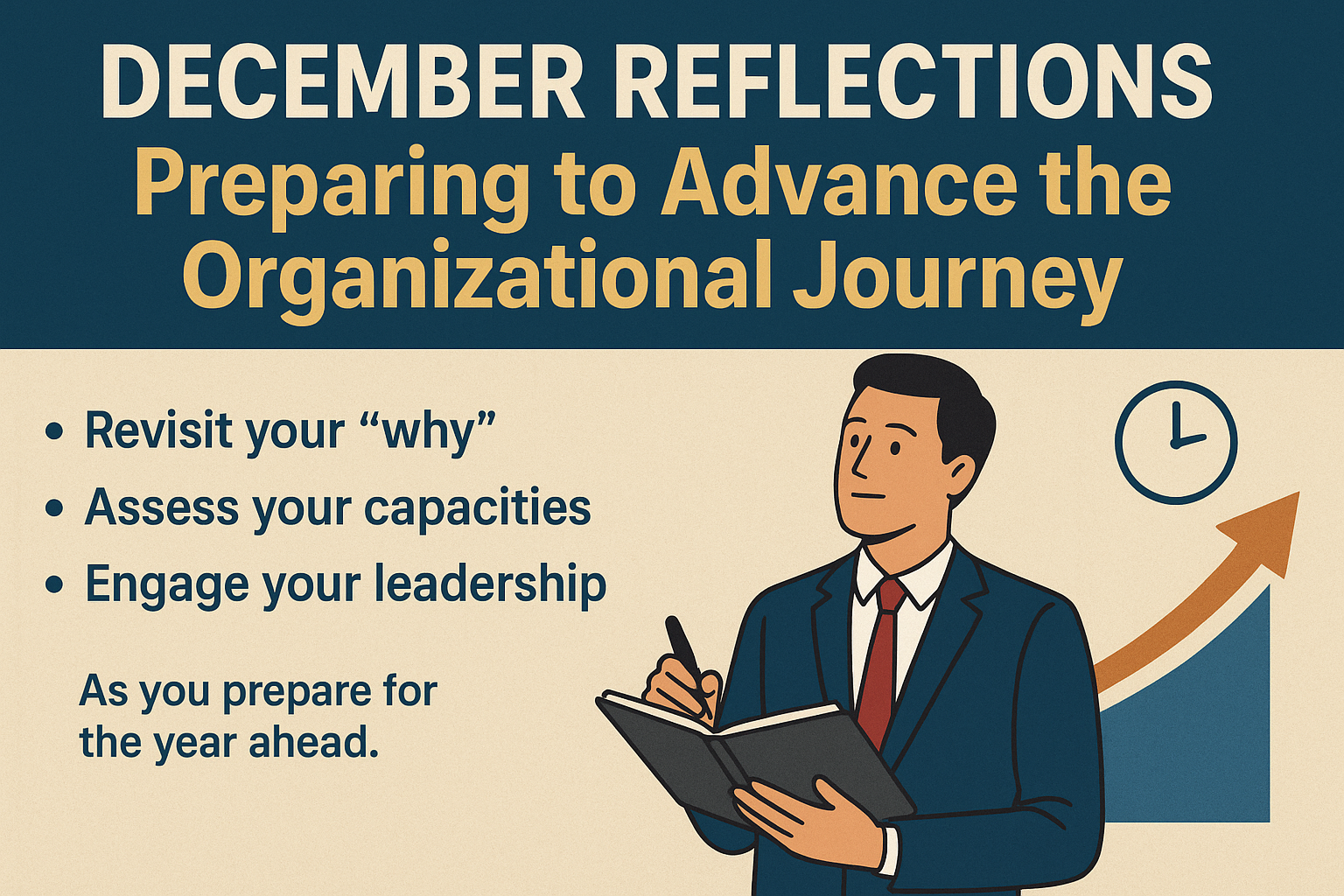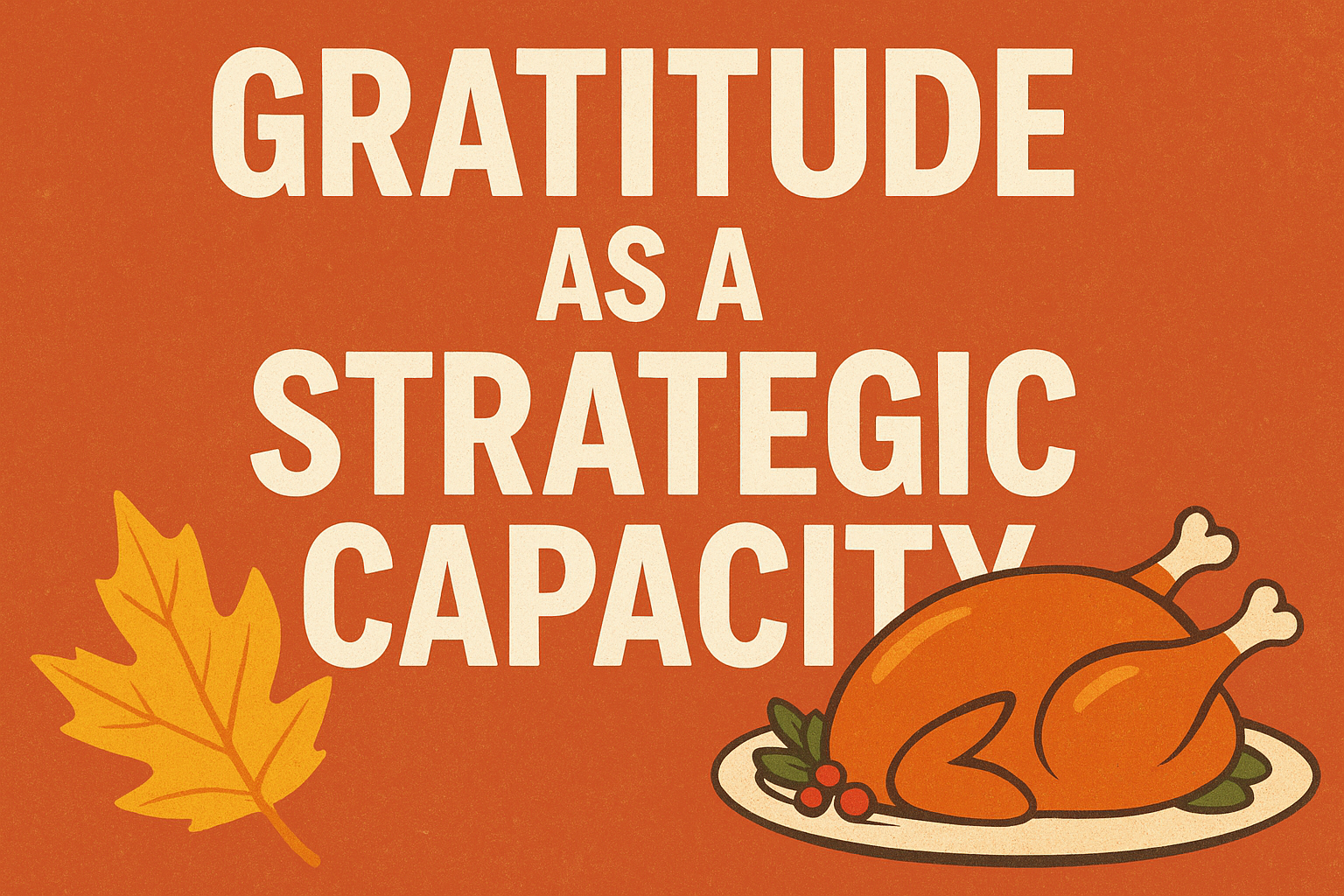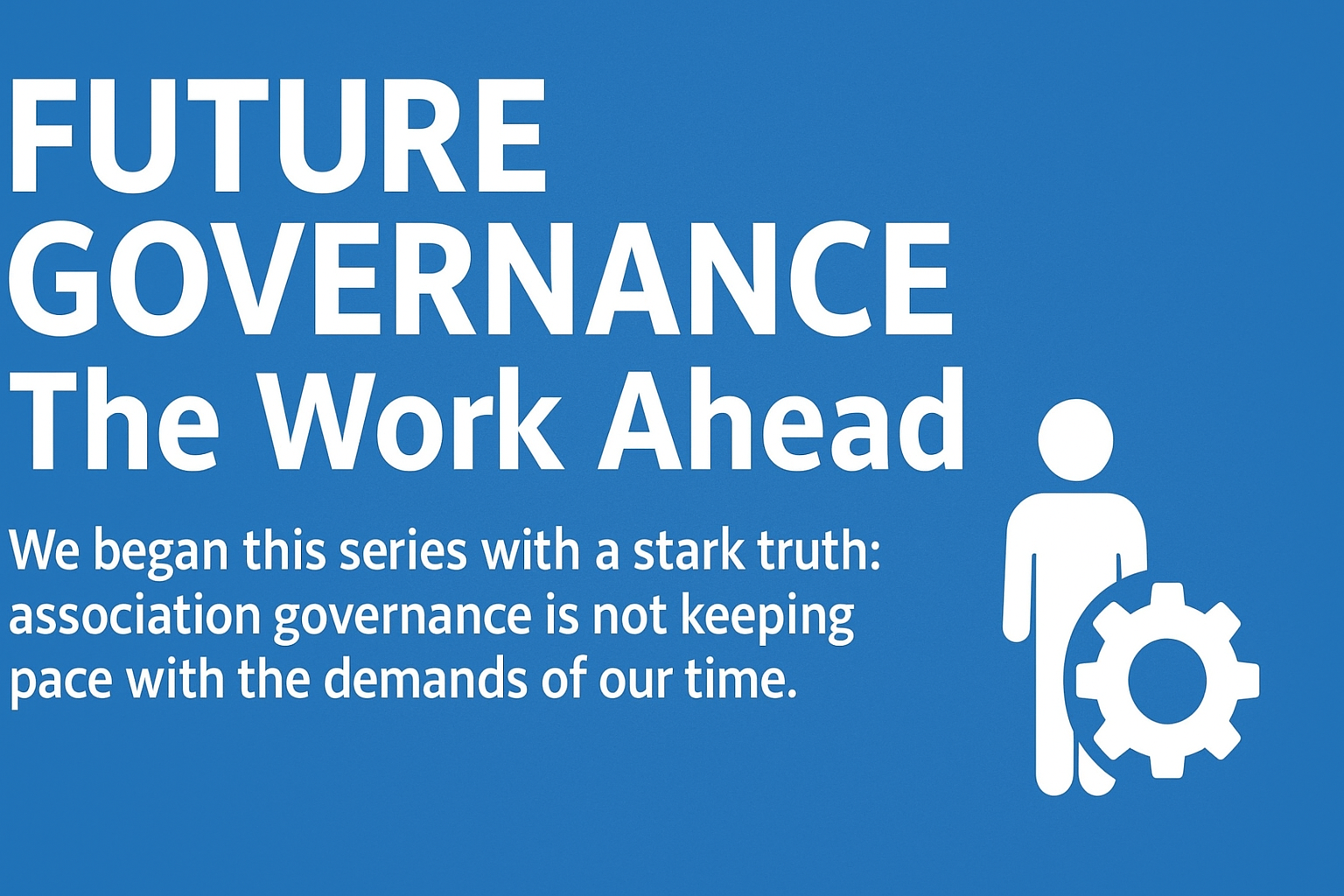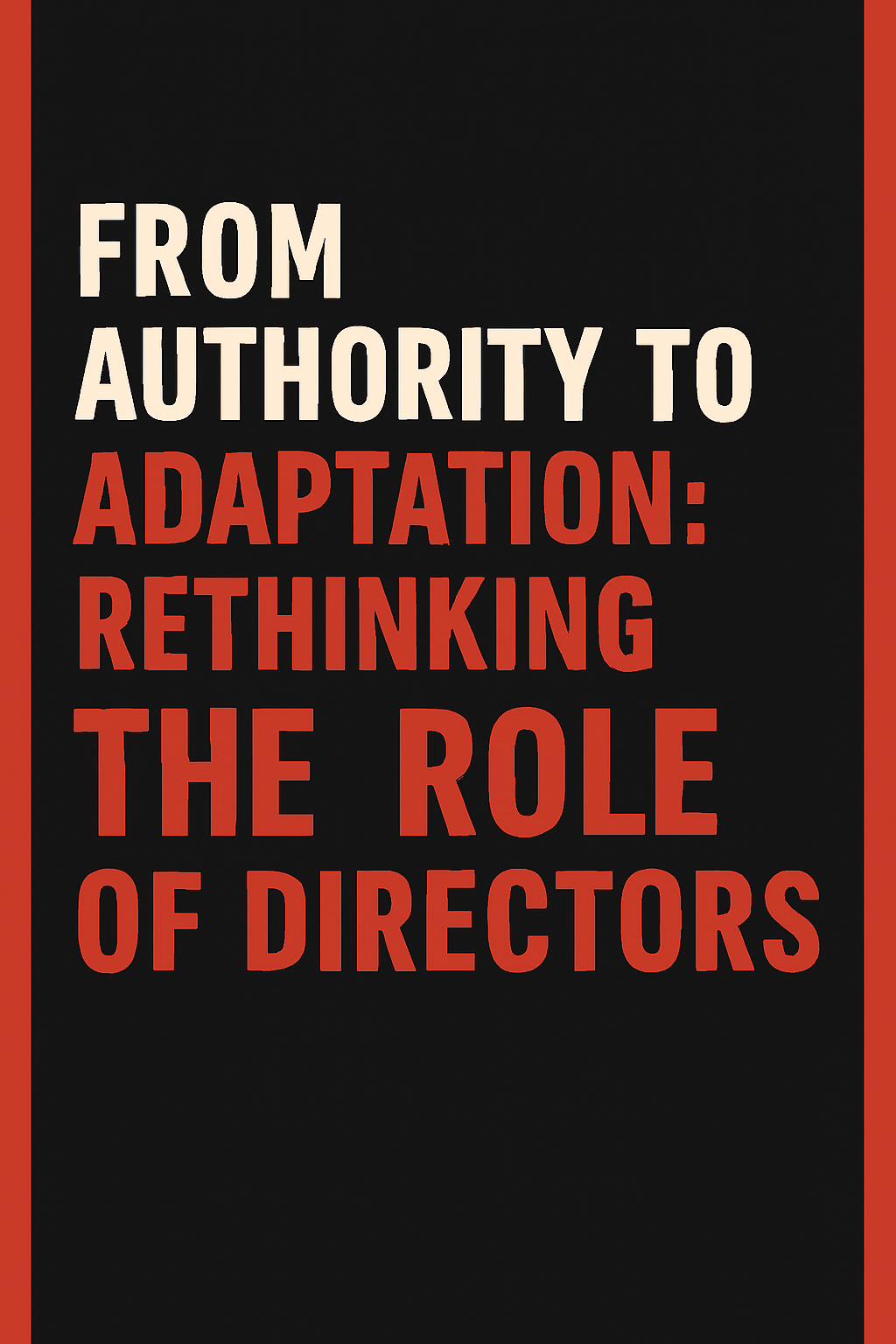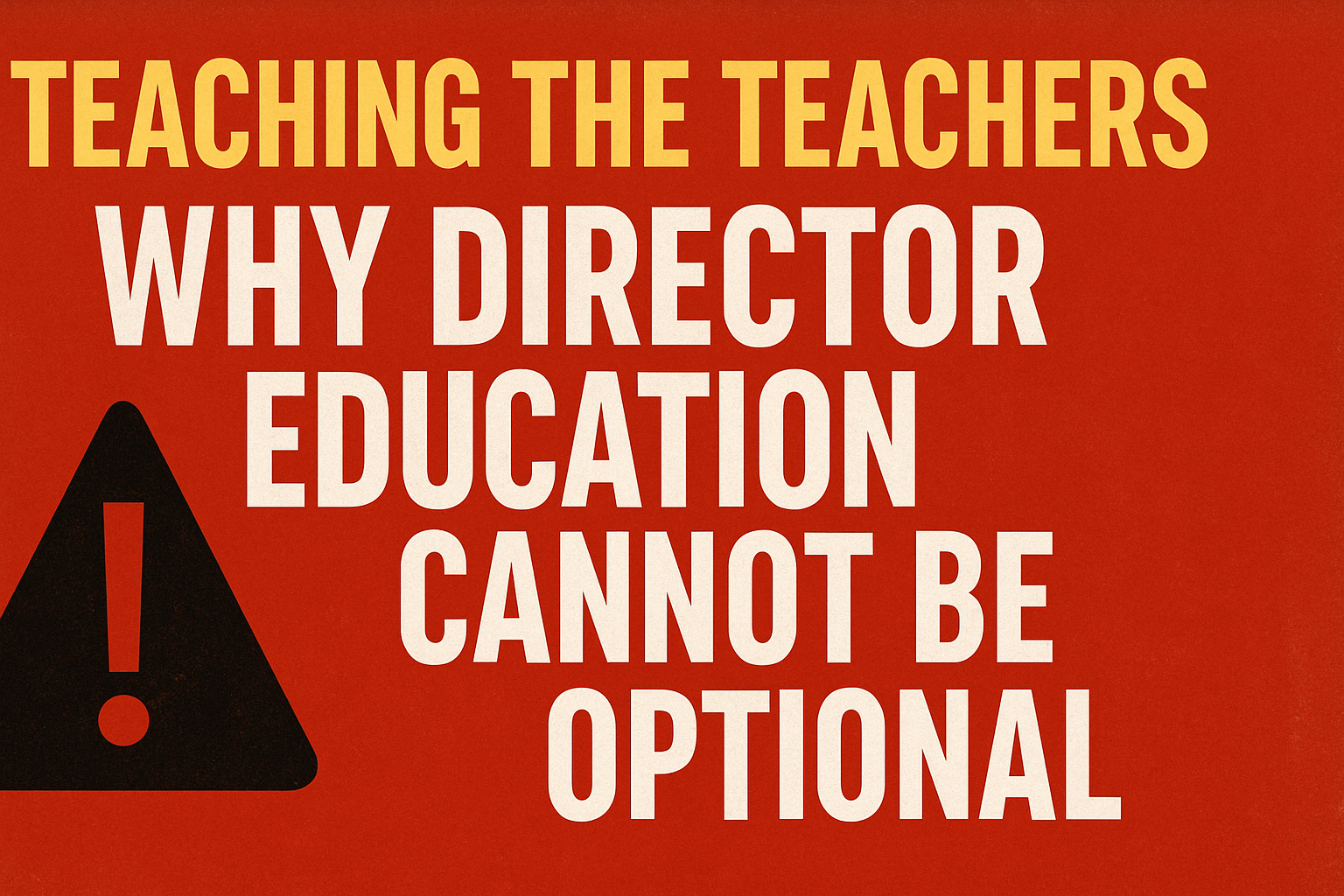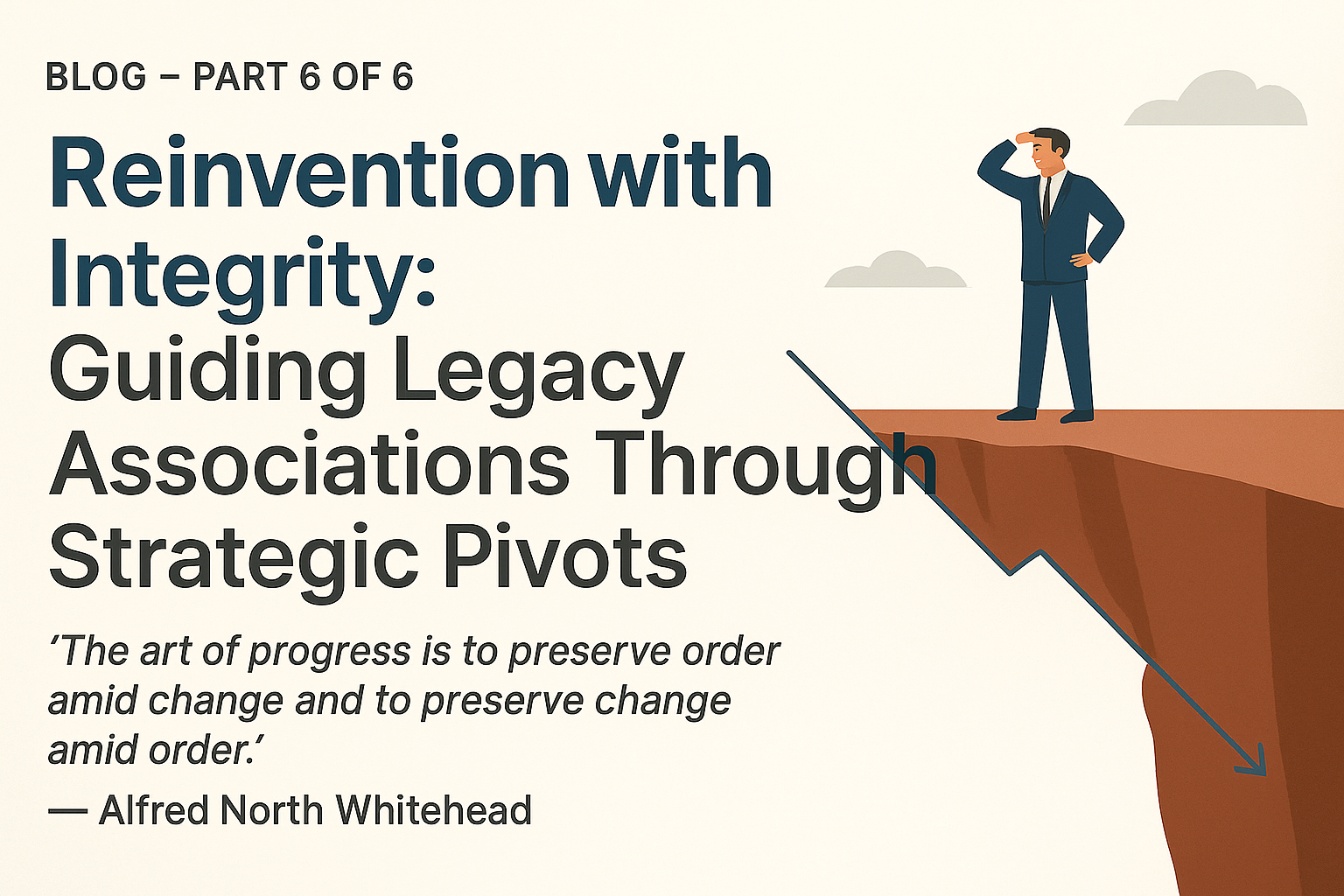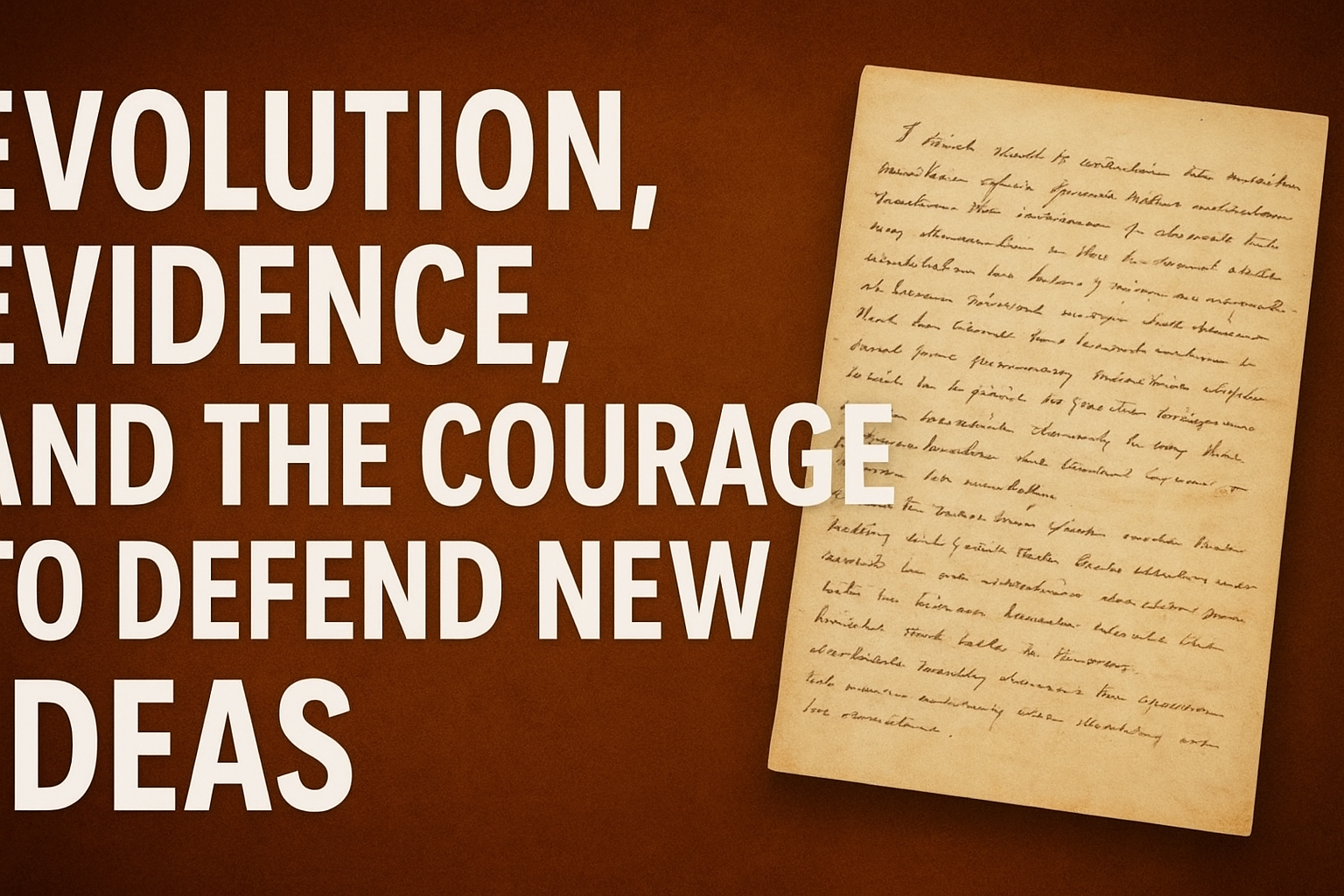
On this day in 2022, a single sheet of paper sold at Sotheby’s for $882,000. It wasn’t gilded, painted, or bound in leather — it was Charles Darwin’s handwritten defense of his theory of evolution, penned in 1865.
One page.
One idea.
And the courage to stand by it.
Darwin’s theory of evolution changed not only science but how humanity understood itself — a transformation built on observation, reflection, and relentless questioning. What’s striking is not just the science but the posture: the willingness to challenge the status quo with evidence, integrity, and conviction.
For associations and nonprofits, this anniversary isn’t about biology; it’s about evolution as a mindset. Every organization that endures must evolve, not by accident, but by design. Like Darwin, association leaders must:
- Observe the environment with clarity. What trends, technologies, or member behaviors signal that adaptation is necessary?
- Gather evidence before acting. Strategic foresight isn’t prediction; it’s informed preparation.
- Defend innovation with integrity. Bold ideas invite skepticism — your role is to engage it thoughtfully, not retreat from it.
- Embrace discomfort as part of growth. Evolution is rarely smooth. It’s the friction between what was and what must be that shapes the future.
That sheet of paper reminds us that transformative ideas often start small — a paragraph, a conversation, a question no one else was willing to ask.
As we approach the New Year, may we carry Darwin’s courage into our own organizational journeys. Let’s not just sustain our associations; let’s evolve them — thoughtfully, boldly, and with purpose.
— Michael Butera
Association Activision | Helping Associations Shape What’s Next
